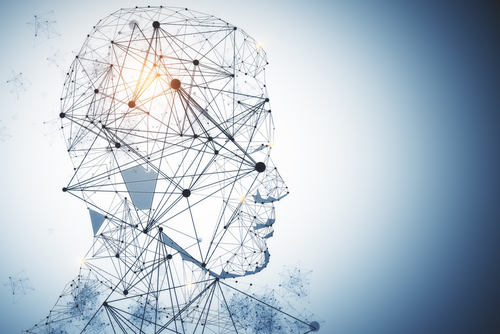
From Dumb Database to Intelligent Decision Support System
HR systems were historically just databases that stored employee information. What started off as punch cards moved to the digital space through basic software solutions, and then to more sophisticated payroll engines. With more technological advancements, these grew into the full fledged HR Management Systems we are familiar with today.
However, the cloud is the single largest transformational piece of technology. There are only a handful of organizations waiting out their old on-site systems, before they make the shift to a cloud-based solution.
Moving onto bigger, better things
It’s no secret that with the cloud came flexibility and scalability. But right now, the focus is on artificial intelligence and machine learning features that can give your system a major upgrade.
These additions have huge business impacts. They even automate payroll thereby running down resource costs.
Letting technology take the lead
Every solution provider has a unique take on HR systems. You can find most anything on the market, ranging from a comprehensive platform to manage payroll, benefits and the entire employee lifecycle to a niche solution directed at workforce management. Some even go the extra mile in integrating intelligent chatbots that are a step above online helpdesks.
For example, organizations can use a workforce management platform to track employee growth and provide potential career paths for them. As we’ve seen before, employee growth and engagement are essential to maintaining a satisfied workforce.
Similarly, some decision engines can take the bias out of the talent lifecycle. By gauging recruits using an AI platform, merit based promotions and benefits will drive a workforce to perform better.
Seizing the reins once again
Organizations need to stop every once in a while to gauge the impact of their business decisions. Since most HRMS solutions are robust, the next logical step is to create custom-fit platforms based on customer feedback and market research.
The ball is once again in the hands of HR departments, and most of them are looking at humanizing the process even more by seeking better overall user experience. They want the average HRMS to be able to mimic Alexa or Google Assistant, and the key to this lies in finding the right provider to partner with.
The final word
The future holds a lot of promise for intelligent HR systems augmented by interactive software. But organizations looking to move to cloud solutions should look beyond the bells and whistles. They must find an established partner with a vision that closely aligns with their strategic goals to unlock the true potential of any HRMS.


